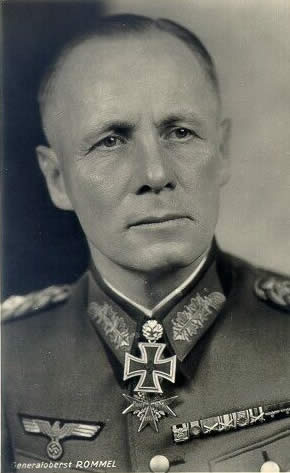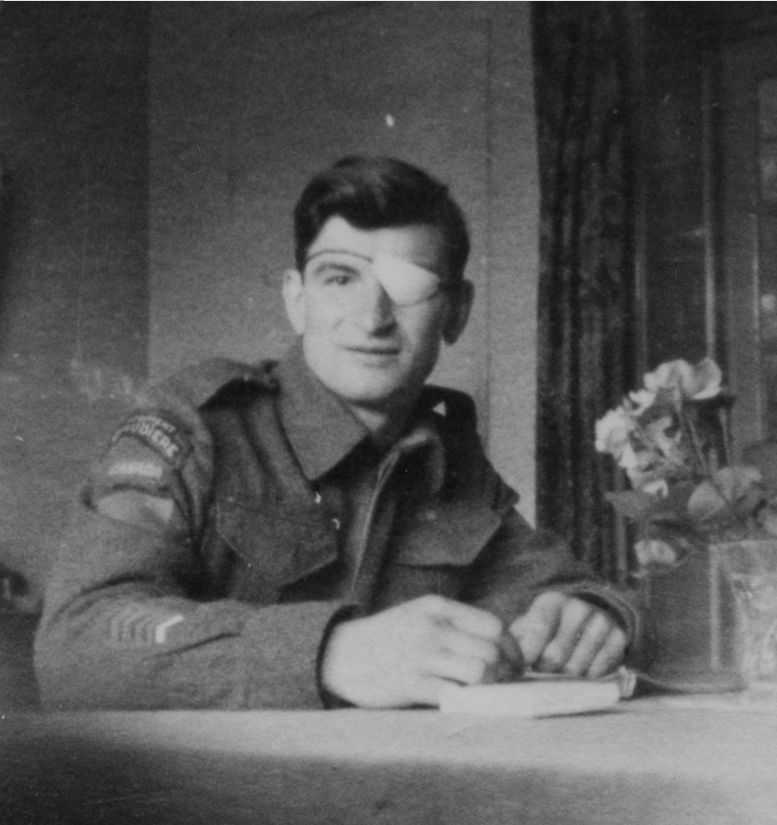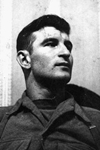The War in the Air
By Capt. Norman Macmillan, M.C., A.F.C.
The War Illustrated, Volume 6, No. 132, Page 40, July 10, 1942.
In the fast-moving panorama of the air war, some events appear to invest themselves with the significance of isolation. Dramatic as these happenings ofter are, it is a mistake to regard them as things apart. Strategically, they are a part of the World War. The prudent observer must endeavour to fit them into their proper place, just as the pieces of a jigsaw puzzle must be so fitted to get the balance of the picture right. Such an event was the Battle of the Mediterranean Convoys which preceded the fall of Tobruk.
While the Libyan tank-air battle raged fiercely after the German break-through at Bir Hacheim, two great sea-air battles developed over and around the passage of two British convoys in the Mediterranean Sea. The land and sea battles were generally reported as separate events. They cannot be so regarded. They were closely linked. An examination of both together gives an important clue to Axis air strategy.
Malta must be regarded as Britain's Middle East advanced air base. The use of Malta enables the R.A.F. to bomb southern Italy, Sicily, and Sardinia. It enables Britain to bring air pressure to bear upon the shipping supply lines of the Axis across the Mediterranean between Italy and Tripoli. It therefore exercises a restraining influence upon Axis supply bases of departure and arrival on the north and south Mediterranean shores and upon the inter-connecting routes. That is why Malta was the subject of intense air attack prior to the opening of Rommel's spring 1942 offensive.
Malta is like an ocean aerodrome anchored 1,100 miles from Gibraltar and 650 miles from the nearest point of the Egyptian frontier. One of the most densely-populated areas of the world, it is not self-supporting. Supplies for its population and for its garrison must be taken there to enable it to function as an air base. The aircraft can be flown there, but bombs, torpedoes, petrol, oil, and spares must be transported by ship, or Malta will lose her offensive power.
From Alexandria to the battlefields of Libya stretches the desert. The straight line distance to Tobruk is 350 miles. Overland transport can be used, but larger quantities of vital war supplies can be carried in ships.
The R.A.F. and S.A.A.F. were pounding away at Rommel's tank and motorized columns thrusting eastwards in Cyrenaica; under the command of Air Vice-Marshal "Mary" Coningham (the nickname is a corruption of Maori, Coningham being a New Zealander) Boston and Kitty-Bombers struck many times a day at enemy columns and tanks, and definitely halted by air power alone several German armoured attacks on some of our defended positions. Fighter screens prevented enemy fighters from getting through to attack our bombers, and for days on end not a single Boston was lost. For three weeks this operation continued non-stop from dawn to dusk, sixteen hours a day. But Rommel's forces still came on. Huge supplies must have got through to the German Afrika Korps while Malta was under its spring travail from the air.
But Rommel's supplies were clearly being used up faster than he could continue indefinitely to replace them, during this, the fifth Libyan battle. The storm of war lashed fiercer than ever before. At the moment when the British Eighth Army was in strategic retreat to defensive positions in its rear, two convoys set out for Malta, one from Gibraltar, the other from Alexandria via Tobruk – timed to split up Axis opposition by their synchronization.
The Axis armies were left, with a minimum of air support, to fend for themselves, while almost the full brunt of Axis air power in the Mediterranean was diverted to the task of preventing the convoys from reaching Malta, which, to Rommel, mattered more than Tobruk.
The greatest sea-air battle ever fought raged for four days from June 13. The convoys were escorted by warships. The one from Alexandria was escorted by shore-based fighters. Beaufighters, each armed with three cannon-guns and four machine-guns, flew 300 miles westwards from Malta to meet the oncoming convoy somewhere between Cagliari and Bizerta.
An Italian fleet steamed southwards from Taranto naval base. Another Italian fleet thrust northward between Tunisia and Pantelleria, presumably to try to force the eastward-bound convoy close to the coast of Sicily where it would be within easy reach of shore-based dive-bombers. The Italian warships found they were not fighting warships, but aeroplanes. The fleet from Taranto was met 220 miles north-west of Tobruk by four-engined Liberator bombers flown by American crews and carrying heavy bombs, followed by torpedo-carrying aircraft. That fleet of two battleships, three cruisers, and ten destroyers turned and fled northwards with 23 hits on one battleship and 15 on another and both on fire. A cruiser was sunk, and other ships damaged. That fleet never got within five hours' steaming range of the British convoy. This convoy, attacked by aircraft, failed to reach Malta, but got some supply ships into Tobruk.
The threatened sea action in the Sicilian narrows developed into another major battle. Aircraft fought aircraft to get at the ships and to protect them. Warships of both sides were attacked with bombs and air-borne torpedoes; the merchant-ships were similarly attacked. Losses were suffered by both sides. The surviving ships of this convoy reached Malta. In both battles the enemy lost at least 65 aircraft, the United Nations, for their part, lost 30 – dual evidence of the severity of the air action.
Axis air power was here used strategically to weaken our future position in preference to concentrating all their air power upon the battlefield. The flexibility of Axis air power is one of its features. The United Nations' air action was purely tactical.
Our supply lines are our greatest weakness. The Axis know that. They know, too, that air power can dominate supply lines when they pass within its reach. For that reason, air supremacy is for us a condition imperative for victory. But, while we are toiling towards the goal of air supremacy, we can answer the Axis air attacks upon our supply lines if we choose to do so strategically.
Thus: We can blot out Axis supply ports on the northern shore of the Mediterranean by mass bomb raids on one port after another. Rome is a vital Italian railway communication centre – that makes it a military objective; others are Bologna and Pisa. These three cut all railway routes running south through Italy. And we might destroy the entrances to the trans-Alpine tunnels; or failing that, destroy Genoa. Such are our answers to Axis air interference with our convoys. By such means as these we can surely do something to deplete Rommel upon the battlefield.
Meanwhile, by mining the Baltic from the air we are impeding Axis supplies to their front in North Russia. Large numbers of Axis ships have been sunk. The air-mine is a weapon that Germany must regret she began to use. In the shallow waters of the Baltic it is particularly effective. It has recoiled upon her with a vengeance there.
Previous and next article from The War in the Air
The War in the Air
A new phase in the air war over Europe began on the night of Friday, May 29, the thousandth day of the war. Seven days earlier Bomber Command raided St. Nazaire, German U-boat base in Occupied France
The War in the Air
DURING the period Saturday, June 20, to Friday, July 3, 1942, air power played an important part in Libya and the Crimea. The trend of contemporary British thought was dominated by the defeat of th
Index
Previous article
Editor's Postscript
At the beginning of yet another volume of THE WAR ILLUSTRATED one is tempted to speculate on what will be its contents. But, remembering the many unexpected events that it has been our lot to record
Next article
The War at Sea
One more the importance of ample air support for naval forces operating in narrow waters has been emphasized. So far as can be gathered from the various accounts that have been published of last month







